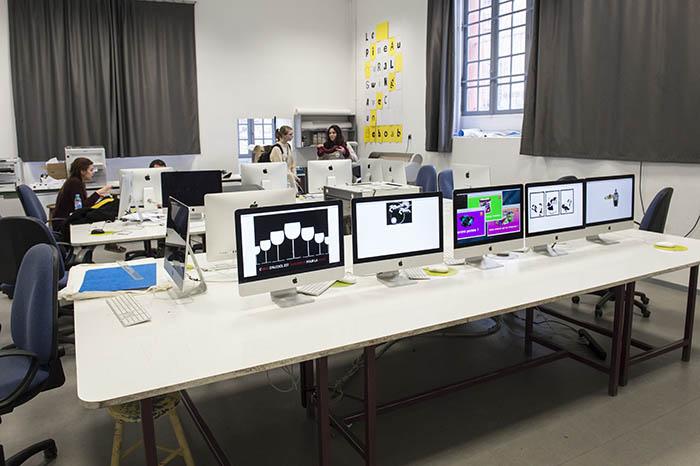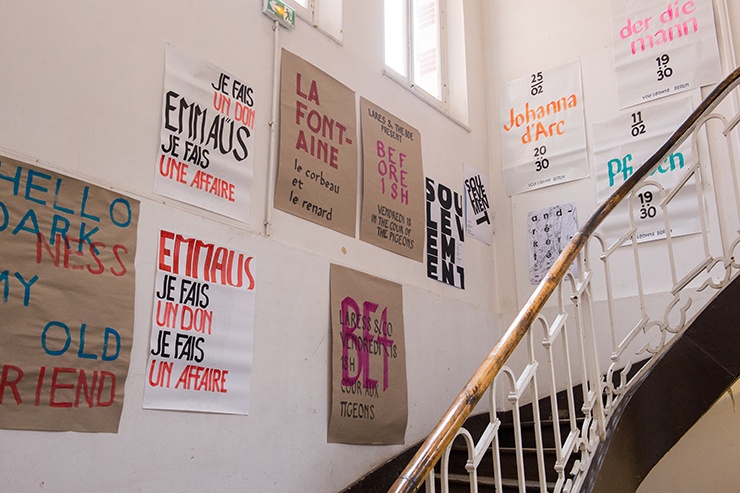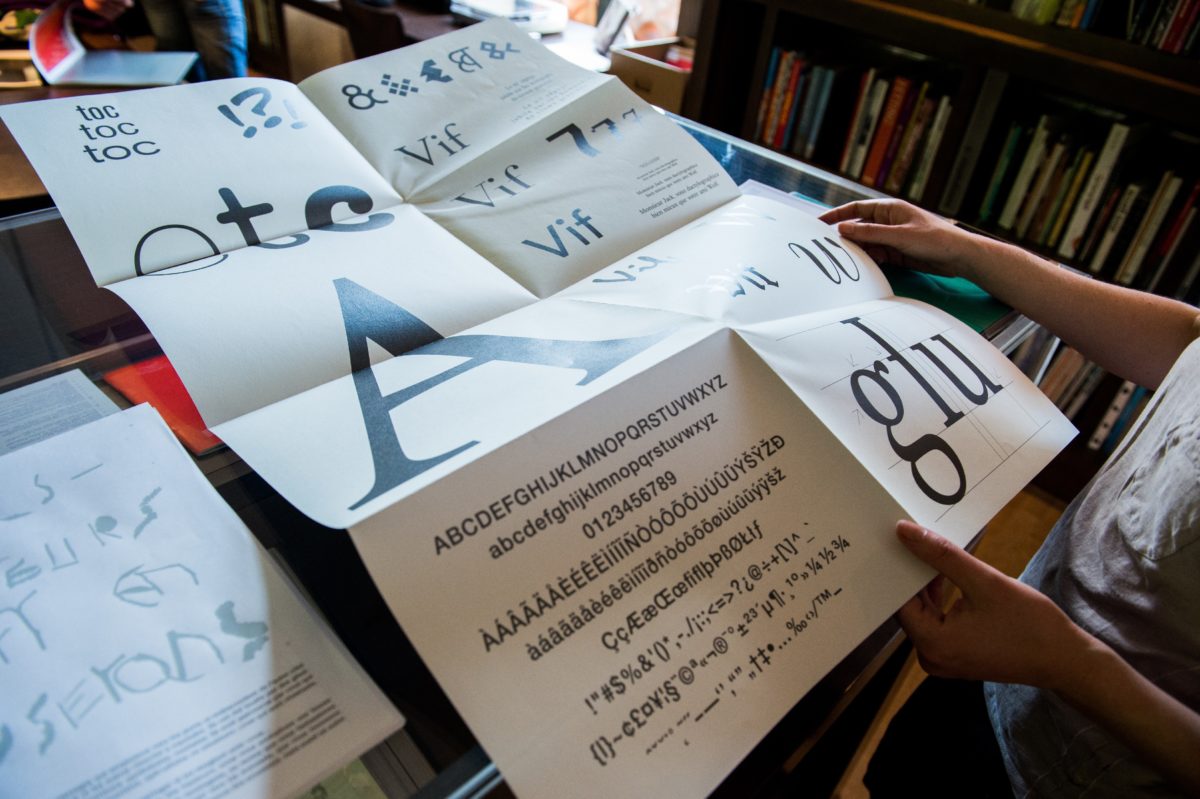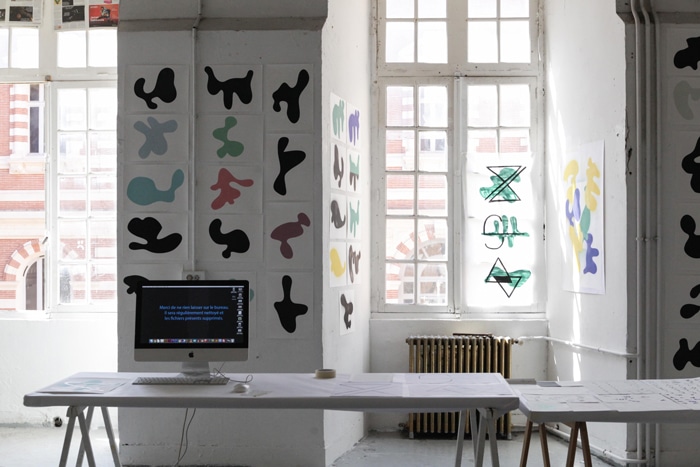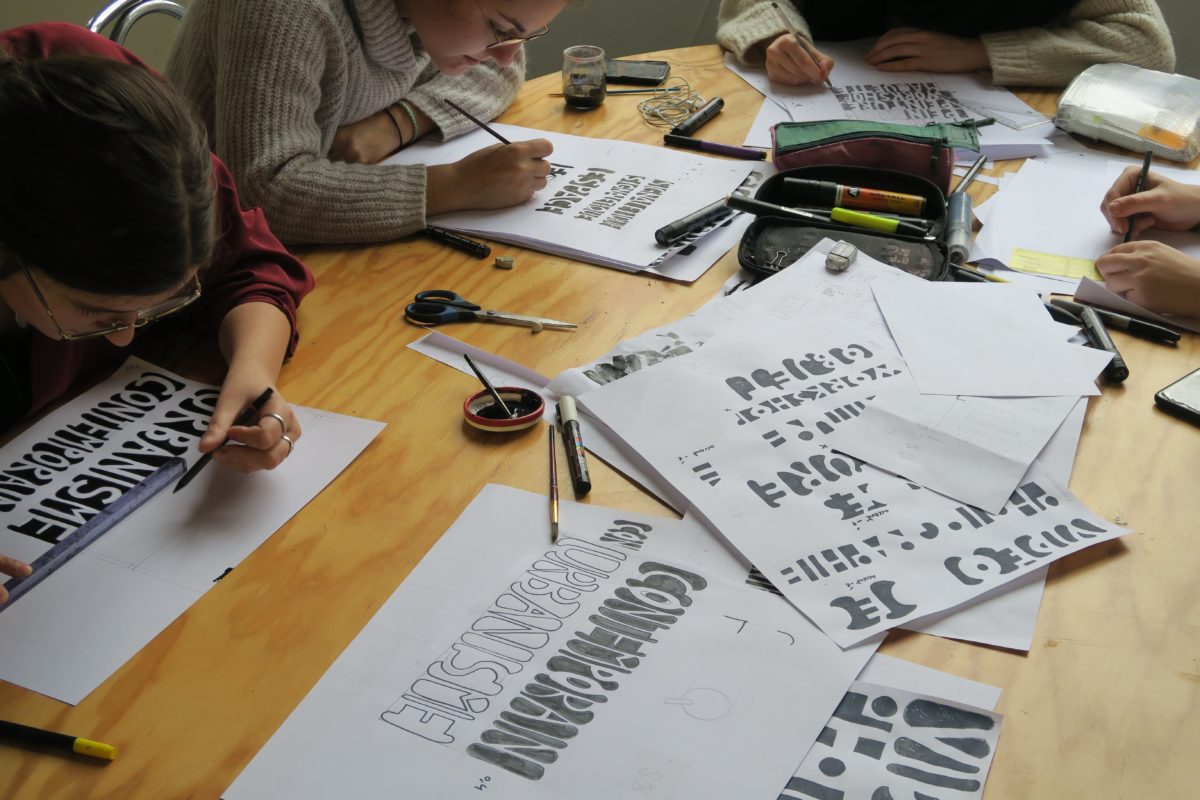Cycle 1 graphic design
The graphic design department at isdaT offers a curriculum that emphasizes experimental and critical attitudes, combining paper, screen, typography and public space through the more general notion of contextual design. This concept crosses the need to take account of the contemporary social and environmental context, and questions the field of application of graphic design and its margins.
Students will acquire fundamental skills in the fields of publishing, image and drawing, typography, type design, signage, web design and programming languages. Through experimentation with different media and supports, the course addresses issues of meaning, project methodology, function, production and distribution.
Teaching takes the form of workshops, with an organic mix of individual meetings, group presentations and discussions, and theoretical and technical input. This specialized teaching is enriched by theoretical courses (history of art, graphic design and design; courses in philosophy and performing arts culture are optional, spread over years 2 and 3) and language courses necessary for the training of designers open to the world.
Semesters 3, 4 and 5 are spent discovering the field of graphic design and acquiring the technical, methodological and cultural fundamentals specific to it. In semester 6, workshop time is used to develop personal projects and deepen certain work proposals from semester 5, with the aim of supporting the emergence of the student’s own field of research, to be developed in the second cycle or as part of a professional project.
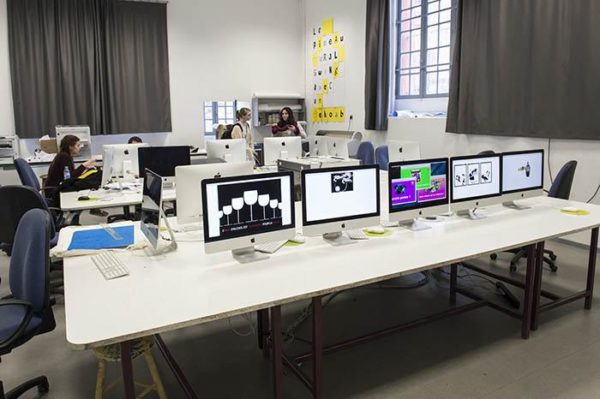
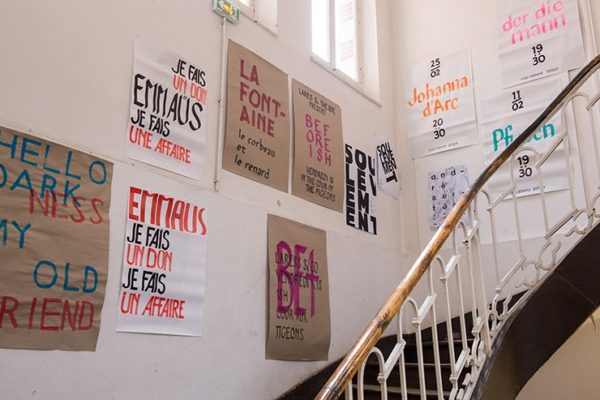
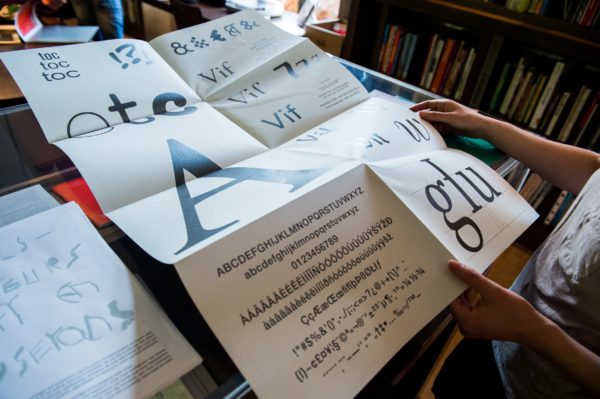
Internships and workshops
Before the end of semester 5, students are required to complete at least one week’s internship in a company directly involved in graphic design, its production or distribution. An internship report is sent to the pedagogical secretariat and all teachers at least three weeks before the semester 6 assessments. Workshops provide an opportunity to discover the practice of a designer, to delve deeper into certain media or to open up to other fields of creation, as well as to confront foreign languages and the specific vocabulary of this field when inviting international designers.
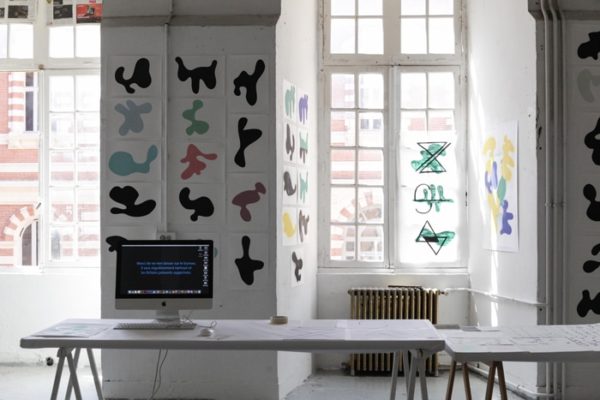
Assessments
In addition to course-specific rendering sessions, semester-long assessments enable us to track each student’s progress. In semesters 3, 4 and 5, the hanging of works and oral presentations by students provide an opportunity to appreciate the cross-disciplinary nature of the mediums and approaches, and to engage in a collegial critical reading. In semester 6, during the DNA meeting, the invitation of a professional from outside the teaching team completes the collegial continuous assessment by giving a fresh look at the student’s productions, with the aim of preparing him/her for the DNA presentation. All courses are compulsory (including the 2 workshops chosen in semester 6). Participation and attendance are taken into account in the assessment.
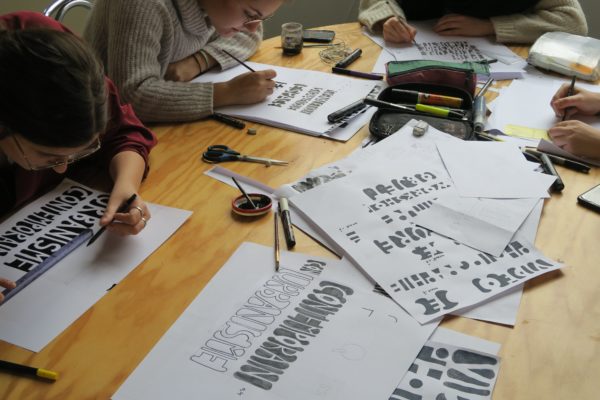
Courses catalog
All information concerning the course programme and timetables can be found on the dedicated Art, design and graphic design courses catalog website (in French).



The path to a diploma
At the end of the first cycle, the DNA validates the achievements of two years of teaching in the respective option. Through various unconventional experiments, the student will bear witness to a well-defined general and artistic culture and possess the foundations for questioning graphic design, a knowledge of its practices and its methods and the acquisition of its fundamentals with a view to self-led creation. To qualify for the DNA, the student must have obtained 15 credits in semester 6, the diploma being an equivalent 15 credits. A written submission is required for obtaining the diploma. It will take the form of an illustrated article based on a case study related to the student’s research.
DNA evaluation criteria
- Presentation of student’s works (formal and critical);
- Relevance of the course and research related to the project;
- Contextualisation of the work (quality of references, diversity of knowledge);
- Quality of achievements.



Admission into cycle 2
Admission to the second cycle requires having obtained the DNA and is validated by the presentation of a written project to a committee made up of graphic design teachers, one doctorate and the director of studies or a representative. The text, including a research title, albeit provisional, will present the main outline of the project: themes, approach by medium, reflections on practice. It will be based on the various works carried out during the first cycle and any cultural contribution necessary for its argument.



Staff
Administrative staff
Art, design, and graphic design studies director
David Mozziconacci
david.mozziconacci@isdat.fr
Department secretary
Bettina Mellet and Fabrice Matéo
+33 (0)5 31 47 11 95
+33 (0)5 31 47 11 94
bettina.mellet@isdat.fr
fabrice.mateo@isdat.fr
Educational staff
Lists and biographies of professors and teaching assistants.







